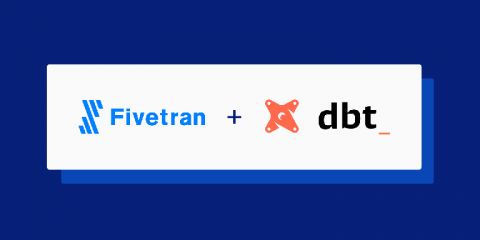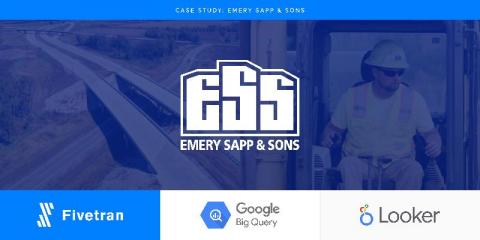Systems | Development | Analytics | API | Testing
%term
[TUTORIAL] How To Create and Execute Test Suites In Katalon Studio
Kong Gateway 2.2 Deep Dive
Take SAP to the next level with Appian
George Fraser and Tristan Handy Discuss the Fivetran-Fishtown Partnership
In a Slack discussion, the two CEOs explain why the Fivetran-dbt integration is great for data analytics engineering enthusiasts. After the recent launch of Fivetran dbt Transformations, both the Fivetran and Fishtown Analytics teams received questions about the newly available feature. (Fishtown is the team behind dbt.) Fivetran CEO George Fraser and Fishtown Analytics CEO Tristan Handy addressed those questions on Slack, and discussed the harmonious relationship between the two companies.
Emery Sapp & Sons Builds Civil Infrastructure, Not Data Pipelines
Growing heavy civil construction business brings on a modern data stack of Fivetran, BigQuery and Looker to gain a competitive edge. Want to hear more from Emery Sapp & Son's Clayton Hicklin? Join him and a number of other incredible data professionals at the 2020 Modern Data Stack Conference October 21-22. Register here.
A Complete Guide to Choose Test Cases for Automation
Although automation testing is becoming more popular, there remain certain difficulties for automation teams, including selecting which test cases to automate. According to the World Quality Report in 2019, 24% of teams encounter obstacles prohibiting them from deciding on the right test scenario. This article will detail how to choose test cases for automation and maximize your testing journey.
Asynchronous Javascript: From Promises to Async/Await
Javascript is a funny language. It claims to be (and very much is) a single-threaded language (i.e., it executes statements in order, one at a time, one after another, in a synchronous fashion). Despite just having the one native thread to work with, it somehow allows you to write concurrent, asynchronous code that is non-blocking in nature.
Redivis makes research data accessible, experiences collaborative with BigQuery
Understanding the data we collect is essential—it allows us to identify trends and uncover answers about our world. However, stories in our data frequently go untold. Large datasets are hard to share between research communities due to their size, security restraints, and complexity. Even if these datasets are accessible to users, the tools needed to query them often require deep technical knowledge.
Smile with new user-friendly SQL capabilities in BigQuery
October happens to be the month to celebrate World Smile Day when Harvey Ball, the inventor of the smiley face declared this day as such to give people a reason to smile. This month, BigQuery users have a lot of new reasons to smile about with the release of new user-friendly SQL capabilities now generally available.











